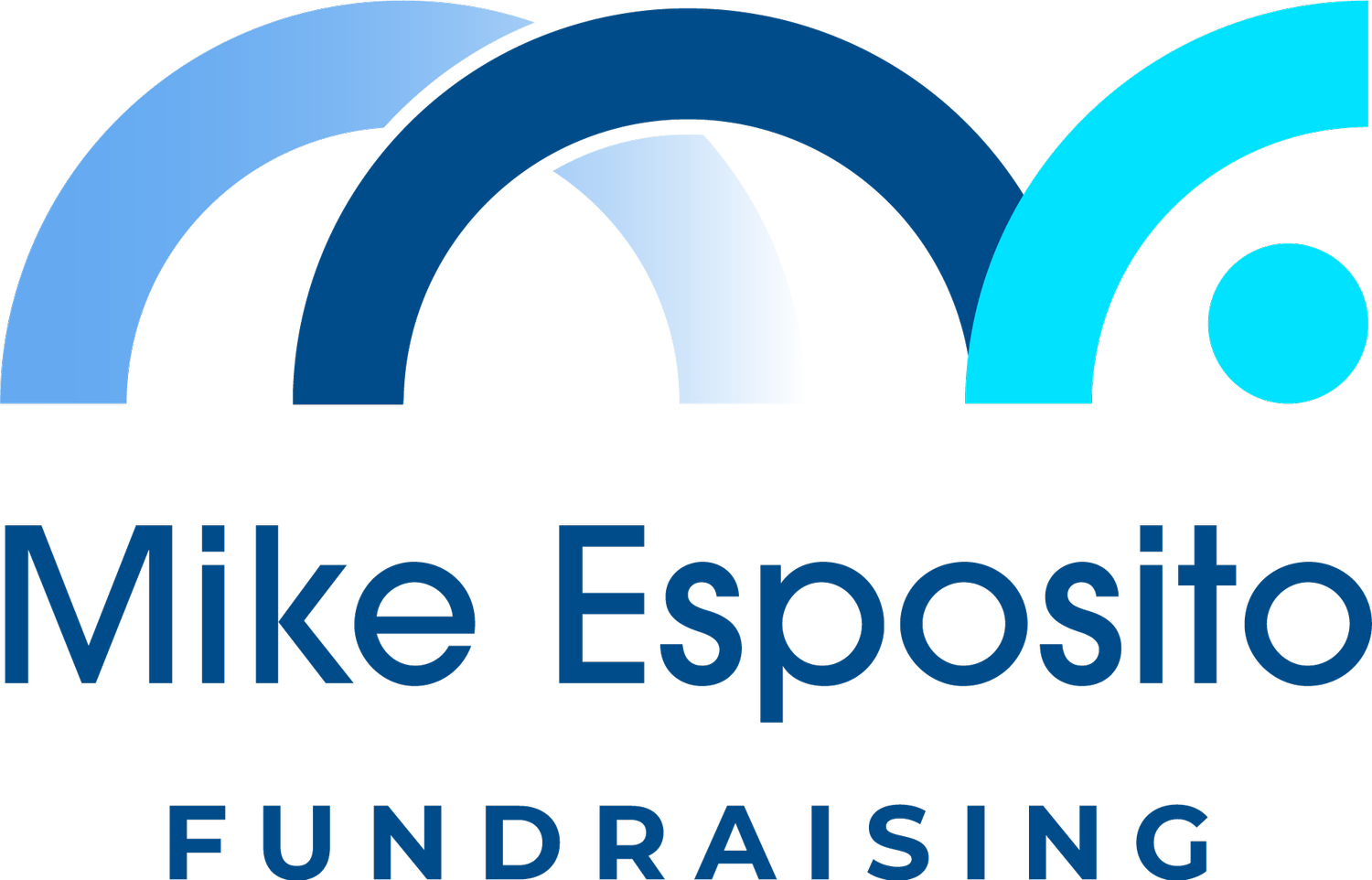Building Relationships That Last: Donor Stewardship in the Digital Age
If there’s one thing I’ve learned in fundraising, it’s that collaboration sparks the best ideas! Brendan Murphy and I have crossed paths at countless nonprofit events. We’re both Fordham University alums, lifelong sports fans, and deeply committed to helping nonprofits build stronger, more sustainable donor relationships. So when Brendan suggested co-leading a webinar on stewardship and year-end strategy, it felt like the perfect collaboration.
We wanted to explore a question every fundraiser faces this time of year: how do you build authentic donor relationships in an increasingly automated world?
Stewardship as Follow-Through
I like to think of stewardship as your follow-through, everything that happens after a gift that makes the next one possible. It’s one of the most overlooked parts of fundraising and the foundation of donor retention. A poll I ran earlier this year found that the top reason donors stopped giving was simple: they never received a thank-you or acknowledgement.
That’s why the basics still matter most. Every donation deserves both a receipt and a thank-you letter, ideally within 48 to 72 hours. From there, a stewardship matrix helps ensure no one falls through the cracks. It’s your roadmap for engaging donors by giving level so gratitude becomes systematic rather than situational.
Personalization That Feels Genuine
Personalization isn’t just a nice touch. It’s what makes donors feel truly seen. For mid-level and major donors, I always recommend a handwritten note, quick call, or invitation to connect. Ask about their communication preferences early on. Some love email updates, while others prefer one thoughtful call a year. Stewardship is at its best when it’s rooted in respect.
Balancing Digital Scale with Human Touch
Email, newsletters, and social media create consistency, but the most meaningful moments often come from small, personal touches. I shared one example of a donor who regularly attended volunteer events. Each time, I sent a brief reminder or thank-you note. Those small gestures built trust over time, leading to a $50,000 multi-year gift. Donors stay when they feel noticed and appreciated.
Making Stewardship a Team Habit
Many organizations hesitate to personalize outreach because they assume it takes too much time. But it’s doable when shared. For the year-end giving season, I often recommend giving staff or board members a few calls per day with a short script and shared tracker. When everyone contributes, stewardship becomes a habit, not a scramble. And don’t forget to thank your team and volunteers too! They’re part of the stewardship ecosystem and their efforts deserve recognition.
Keeping It Fresh and Human
Most nonprofits use the same thank-you language for years without realizing how stale it’s become. Refreshing templates quarterly keeps messaging authentic. Rotate stories, update examples, and invite donors to engage. In another recent LinkedIn poll of mine, nearly 80% said they were more likely to respond to a plain-text thank-you than a branded one. The lesson is simple: authenticity beats design every time.
Brendan’s Perspective: Tech That Scales What Feels Personal
Brendan focused on how automation, when done well, enhances rather than replaces connection. He described it as scaling what feels personal, a warm, timely message written for one person even if sent to many. For example, a well-crafted thank you can be automated, yet sound like it came directly from the executive director while freeing staff to focus on higher-touch follow-ups.
He also emphasized integration. Too many nonprofits work in silos. When systems are connected, you create a cohesive donor experience that reflects someone’s full relationship with your organization. Brendan also suggested using your CRM now to pre-schedule stewardship tasks for January. Automation can remind your team when to send calls, notes, and updates so gratitude doesn’t get lost in the post-holiday fog.
Preparing Donors and Your Team for Year-End
One of the biggest missed opportunities is the pre-ask period. Don’t let your Giving Tuesday or year-end appeal drop out of nowhere. Warm your audience with a few touchpoints before you ask, such as impact stories, mission updates, or short teasers. The best January stewardship starts in October with segmented lists, prepped materials, and clear assignments.
Showing Impact Authentically
Impact reporting doesn’t have to mean long reports. In some cases, a donor may appreciate a short, sincere video or testimonial that shows what their support made possible. I’ve seen 60-second clips outperform entire campaigns. For younger audiences, lean into Instagram Reels or TikToks that are authentic and mission-driven.
The Bottom Line
At its core, stewardship isn’t about tactics or technology. It’s about trust. And trust grows through gratitude, clarity, and consistency. Whether you’re sending a handwritten note, automating receipts, or recording a quick selfie video, the goal is the same: make people feel their generosity matters.
If this webinar reinforced anything, it’s that technology and humanity don’t have to compete. The best fundraising strategies marry both, pairing automation’s efficiency with the warmth that only real connection can deliver.
Thank You and What’s Next
Thank you to everyone who joined Brendan and me for the conversation and for the thoughtful questions that made it richer, and to Kelly Perry for organizing the webinar and expertly facilitating.
If you missed the session, the recording can be found here.
Here’s to wrapping up 2025 with gratitude and building relationships that last well beyond year-end.


